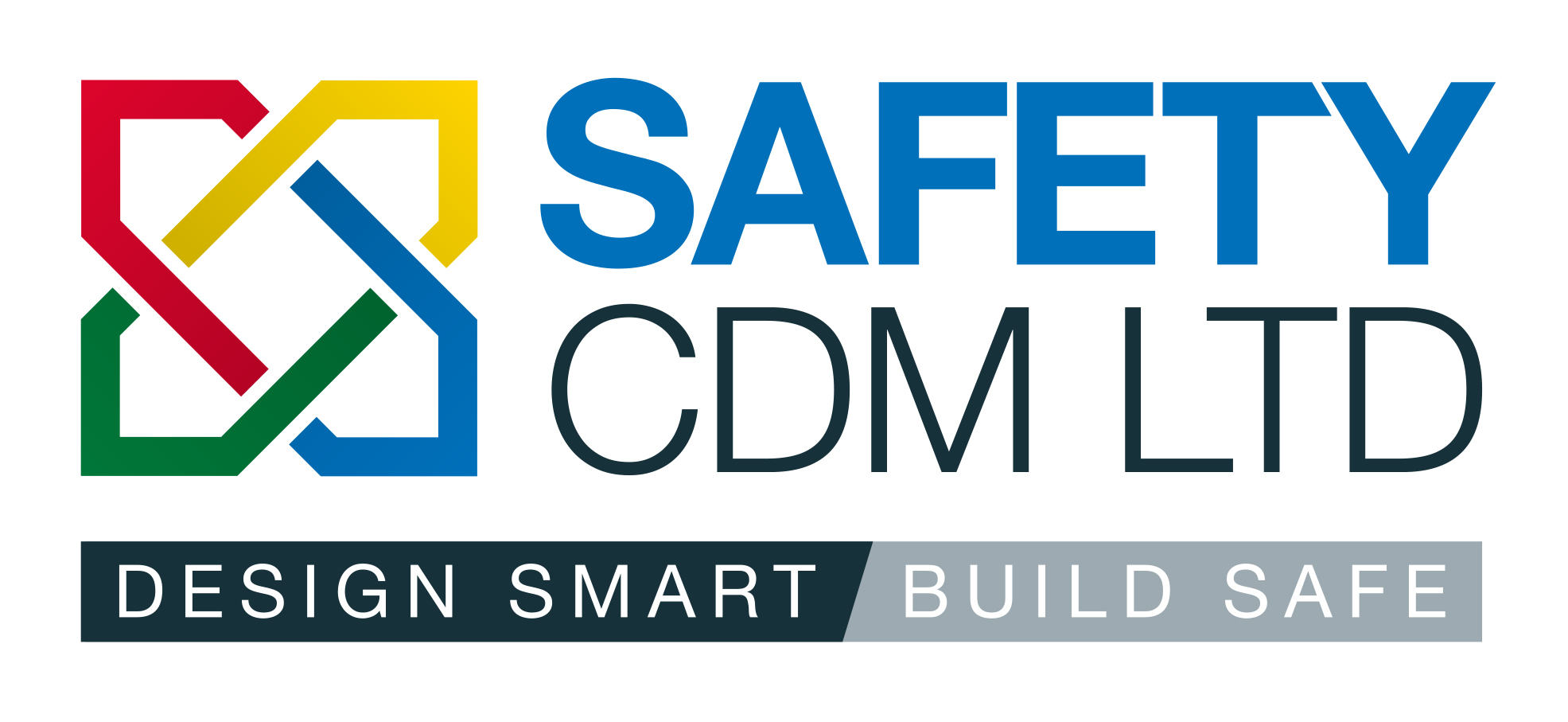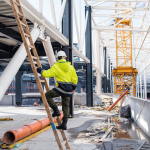Design Risk Management: A Guide for Construction Designers
The CDM Regulations 2015 require Designers to critically assess their design proposals from the very start and throughout the design process. An effective Designer Risk Assessment goes beyond simply identifying hazards—it involves evaluating and addressing the risks that may arise from design decisions. This proactive approach ensures a safer construction process while promoting long-term safety for building users, maintenance teams, and the public.
Prioritising Design Risk Management allows Designers to work closely with project teams, reduce hazards, and make informed decisions that enhance safety and ensure compliance with CDM 2015.
In this blog, we’ll clarify what’s expected of Designers under CDM 2015, highlight the importance of effective design risk management, and introduce a practical tool—the A-Z of Design Risk Assessment—to streamline your process.
Why is Design Risk Management Important?
Effective risk management during the design stage can make a significant difference. It ensures that projects are not only built safely but can also be maintained and used safely in the future. Proper risk consideration impacts:
- Construction workers – preventing hazards on-site.
- Maintenance teams – enabling safe long-term upkeep.
- Building users – promoting health and well-being for occupants.
- The public – minimising external risks.
Understanding CDM 2015: Beyond Residual Hazards
A common misconception among Designers is that CDM 2015 only requires them to list residual hazards in their design. However, the regulations go much further. Designers are expected to:
- Identify hazards early in the design process.
- Reduce risks through design decisions or additional provisions.
- Collaborate with other Designers and project stakeholders to coordinate safety measures.
To learn more about the roles and responsibilities of Designers under CDM 2015, visit the HSE website.
Introducing the A-Z of Design Risk Assessment
To support Designers in fulfilling their CDM 2015 duties, Safety CDM Ltd has created an A-Z of Design Risk Assessment. This practical tool ensures that key health and safety considerations are covered during the design review process.
Here’s a preview of the A-Z of Design Topics:
Existing Site Health & Safety Considerations
- A: Existing Environment
- B: Client’s Undertakings (Existing Building/Site Usage)
- C: Existing Site/Building Information
- D: Further Information Required
Construction Health & Safety Design Considerations
- E: Site Access Proposals
- F: Site Set-Up Proposals
- G: Proposals for Site Plant and Storage Positions
- H: Outline Demolition Sequence
- I: Outline Structural Sequencing
- J: Environmental Considerations
Building Use Health & Safety Design Considerations
- K: Ventilation
- L: Indoor Temperatures
- M: Lighting
- N: Cleaning and Waste
- O: Room Sizes and Workstations
- P: Floors and Traffic Routes
Building Maintenance Health & Safety Considerations
- U: External Maintenance Access
- V: Internal Maintenance Access
- W: Below Ground Level
- X: External Areas
- Y: Roofing Areas
- Z: Future Demolition & Modifications
Focus on What Matters Most
Your Designer Risk Assessment (DRA) does not need to cover every possible hazard. Instead, focus on:
- Specific risks related to your design.
- Unusual hazards that require additional consideration.
- Complex elements that may impact health and safety.
By concentrating on these areas, Designers can ensure compliance while producing thorough, practical risk assessments.

Need Help with Your Designer Risk Assessment?
At Safety CDM Ltd, we specialise in helping Designers meet their obligations under the CDM 2015 Regulations. Whether you need guidance on risk assessments, design reviews, or health and safety compliance, we’re here to help.
📞 Call us today at 01494 445774
📧 Email us at info@cdm2015regs.co.uk
For more on risk assessments, visit our detailed page: CDM Risk Assessment.
Explore our other blogs...
-
CDM Regulations for Maintenance: What You Need To Know
April 22, 2025 Building







